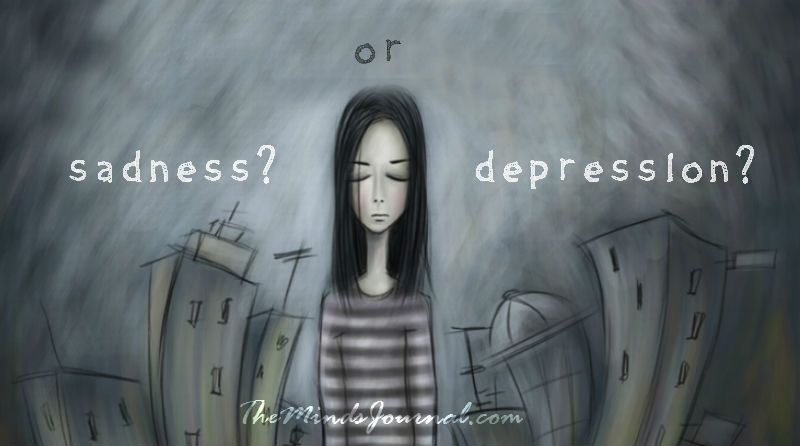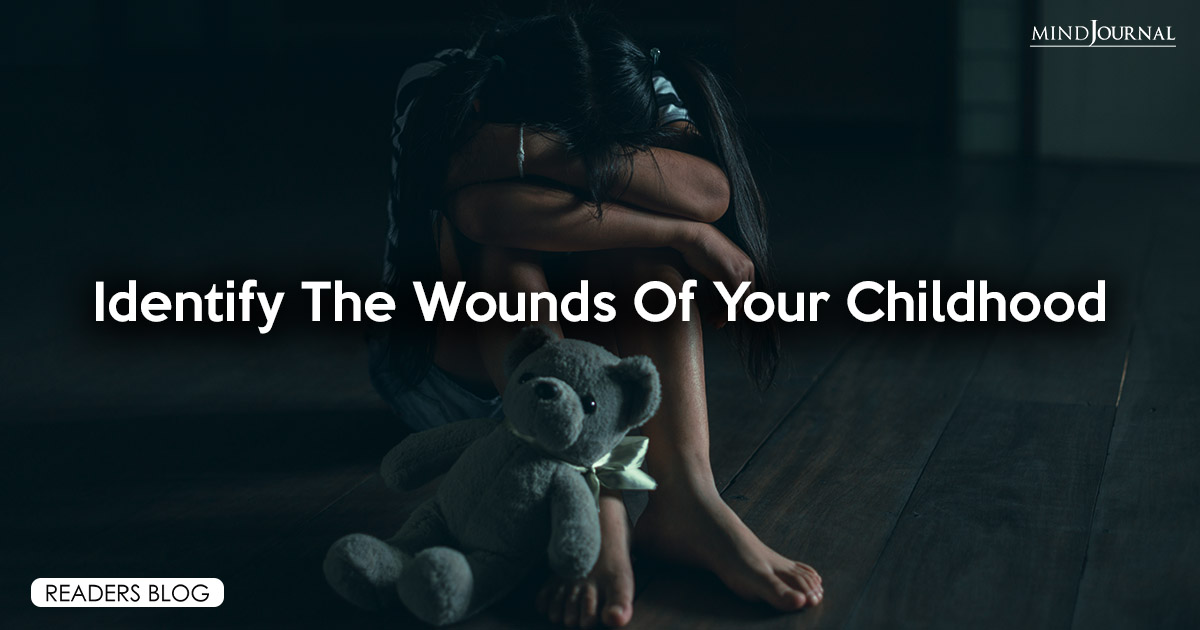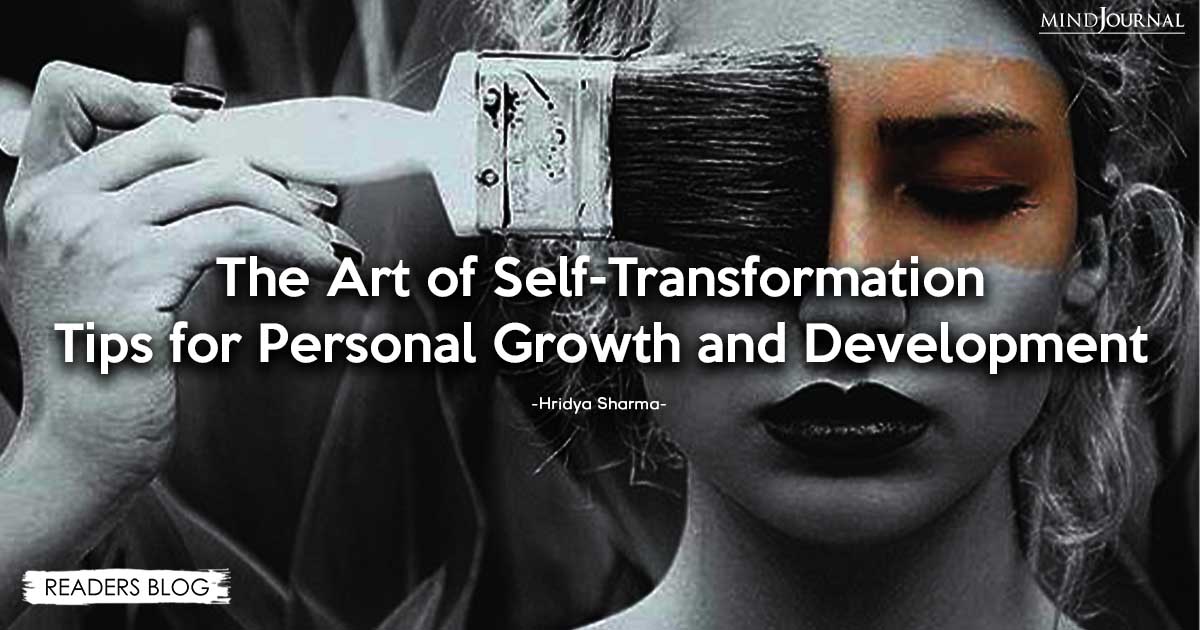Just sadness or depression?
The feelings of Sadness: Maladaptive or adaptive?
Sadness is something we all experience in our lives at some point or the other when we are exposed to different situations and events like loss of a job, death of a loved one, problems in social relationships, etc. It is an individual’s natural reaction to painful situations. The feelings of sadness can have various physical, social and cognitive effects like decreased energy levels, lethargy, lack of motivation, avoiding social gatherings, etc. However, apart from these negative effects, a key adaptive function of sadness is to promote personal reflection following the irrevocable loss of a person or object of importance to the self (Lazarus, 1991). The experience of sadness turns our attention inward, promoting resignation and acceptance (Stearns, 1993). Moreover, physiological arousal is decreased, allowing for a “time-out” (Welling, 2003) to update cognitive structures and to accomplish lost objects. Moreover, the expression of sadness is thought to evoke sympathy and helping responses in others, thereby serving as an important interpersonal function.
Depression: A lot more than sadness
Sadness, over time, can deteriorate into a more intense and persistent mood state which is a major characteristic of depression. Depression is more than just an unhappy mood state. According to the DSM 5 (The Diagnostic and Statistical Manual of Mental Disorders) criteria, in order to be diagnosed with depression, five or more additional depressive symptoms have been present durin g the 2 week period and represent a change from previous functioning; at least one of the symptoms is either depressed mood or loss of interest or pleasure. “One of the mechanisms that most probably mediates the transition from brief, episodic experience of sadness into a more elaborate and dysfunctional depressive state is rumination or repetitively and passively focusing on symptoms of distress and the possible causes and consequences of these symptoms” (Nolen-Hoeksma, 2006).
“Depression is one of the most tragically misunderstood words in the English language,” writes Stephen Ilardi, an associate professor of clinical psychologist at the University of Kansas. People usually use the term depression to denote something far less severe than what the clinical picture of depression actually contains. The term sadness and depression are often used interchangeably. In contrast to the enhanced social and cognitive functioning of the individual during very brief episodes of sadness, depression is associated with withdrawal and despair.
As mentioned earlier, in order to be diagnosed with depression, a person must experience persistent depressive symptoms for 2 weeks. Further, the two week period in depression is not interwoven with days of normal moods. However, sadness on the other hand is a transient feeling that passes as a person copes with or learns to accept the source of sadness.
A person with depression not only has excessive feelings of guilt and worthlessness, he also has recurrent thoughts of death (not just fear of dying), recurrent suicidal ideation without a specific plan, or a suicide attempt or a specific plan for committing suicide. Sadness in contrast is not usually accompanied by very strong suicidal feelings, thoughts or attempts.
Sadness is a brief period of unhappiness in which people are eventually able to see their problems objectively and accordingly develop their course of action. However, depressive symptoms cause clinically significant distress or impairment in social, occupational or other important areas of functioning. The problem solving efforts tend to be interrupted in depression, whereas transient sadness might actually boost some forms of problem solving. Similarly, whereas brief displays of sadness evokes sympathy from others, prolonged display of such expressions tends to have a serious negative effect on personal relationships and tends to threaten overall social adjustment.
The physical symptoms of depression include physical aches and pains. These symptoms can be profound enough to convince afflicted persons that they must be suffering from serious medical condition, even though the symptoms have no apparent physical cause (Simon et al.,1999). Sadness, on the other hand, is characterized by a milder version of these physical symptoms.
Although a person who is sad tends to experience changes in sleep patterns and appetite, they are far less severe and persistent when compared to the person suffering with depression. Depressed individuals experience significant weight loss when not dieting or weight gain (e.g., a chance of more than 5 percent of body weight in a month), or decrease or increase in appetite nearly every day.
Conclusion
It is important to understand the difference between sadness and depression to minimize the chances of an over diagnosis of depression when the person is just sad and not depressed, as well as under diagnosis of depression or inability to diagnose the depressive disorder in an individual when the person is actually suffering from depression, thereby preventing problems like labeling, harmful effects of medications, etc.
Written by Aishwarya Srivastava
My Mind Talk Series, A series devoted to our readers. Does your Mind do a lot of thinking too ? Do you have questions to ask ? A Poem, A question, an article or any thought that wants to be shared. Pour them here. Click the Submit button and we will publish it on our Site. Why let that thought Sink ? Let it be free Write on.. 🙂 Let the Mind Talk Begin








Leave a Reply
You must be logged in to post a comment.